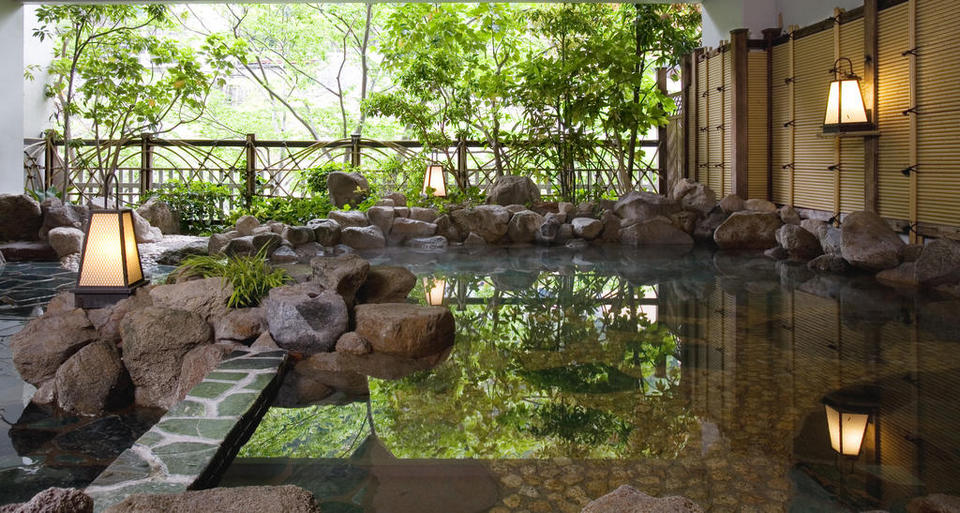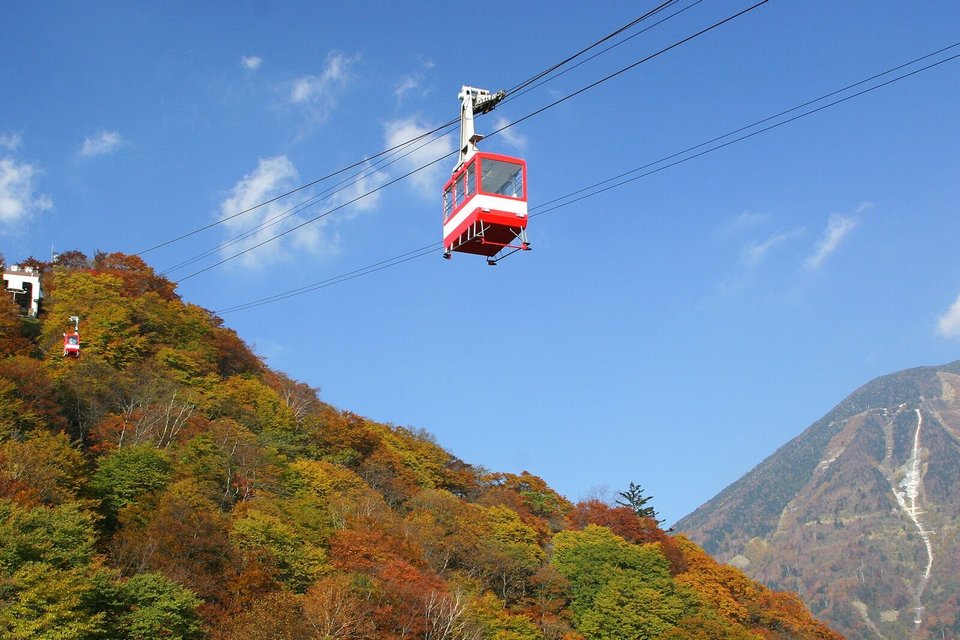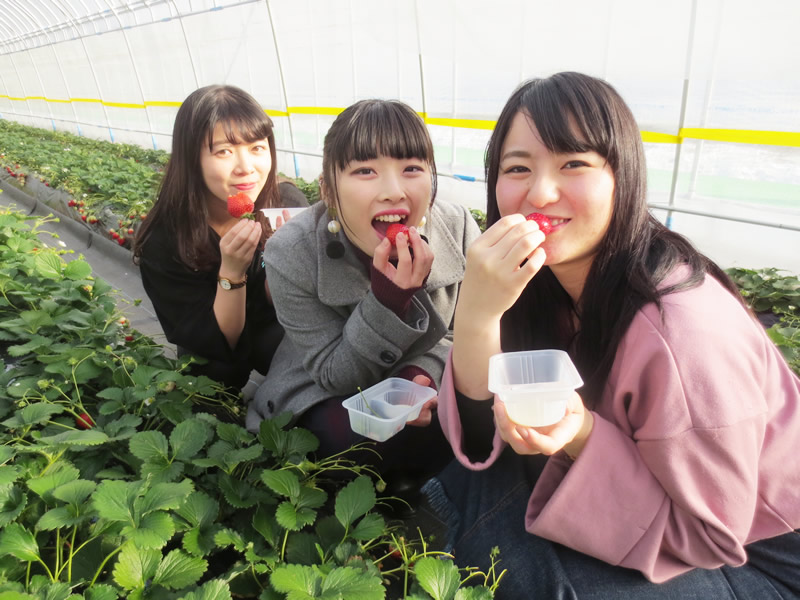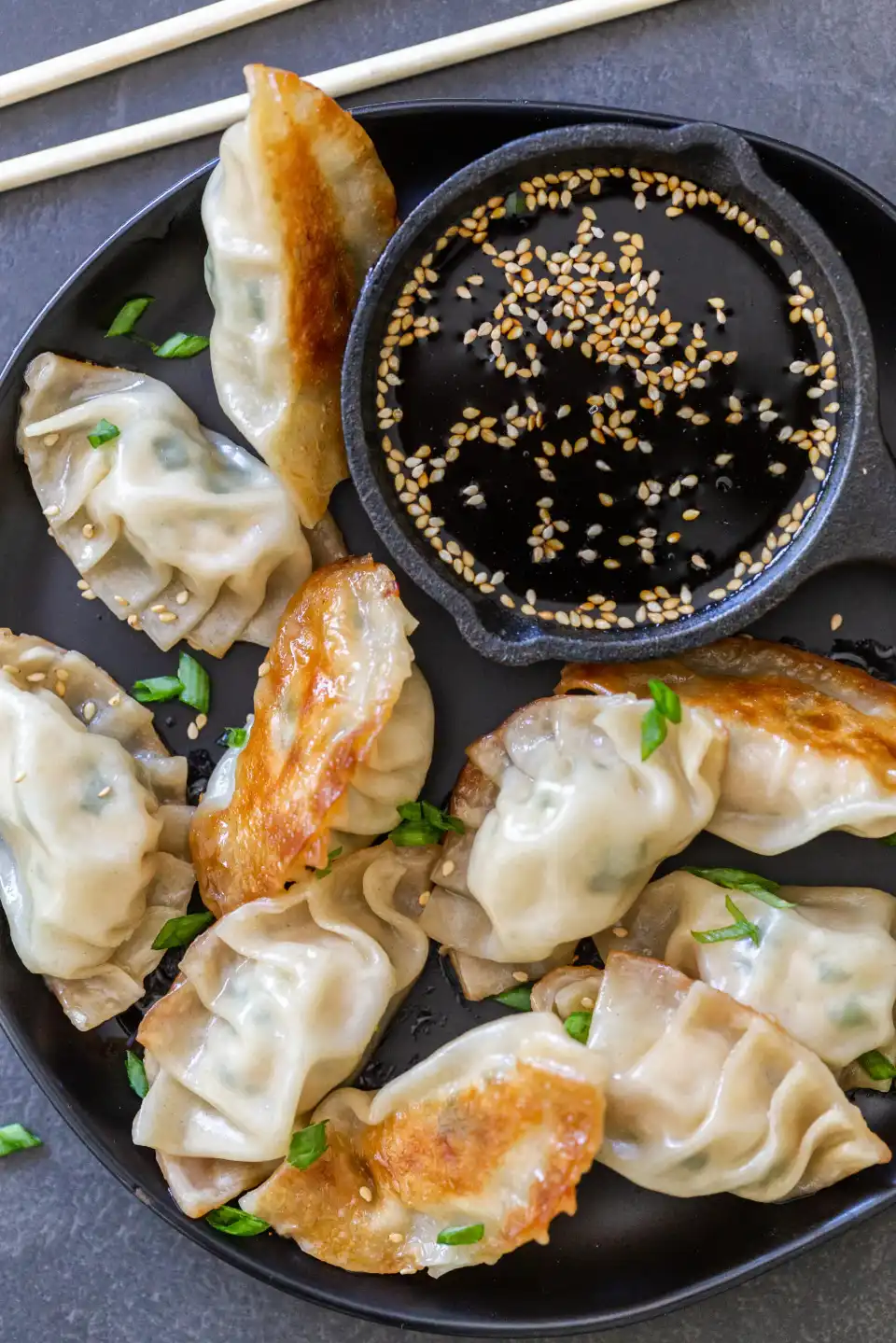Located more than 120 km from Tokyo, Tochigi Prefecture is a center of historic buildings, shrines, temples, and the beautiful nature surrounding them. So, is Tochigi worth visiting, how to visit Tochigi, what to do in Tochigi? Let’s check out our Tochigi travel blog with the fullest Tochigi travel guide (Tochigi Japan guide, Tochigi Tokyo guide) from how to get to Tochigi, best places to visit as well as top things to do in Tochigi to help you maximize your trip as follows!
- 7 days in Japan itinerary: Suggested 1 week in Japan itinerary for what to do in Japan for 7 days
- The ULTIMATE Uji travel guide: Top attractions, best things to do in Uji Kyoto, Tips & MORE
- Kyoto itinerary 5 days: How to spend 5 days in kyoto perfectly?
- 19+ best sightseeing spots & most beautiful places to see in Japan: Mountains – Forests – Seas – Cities
- The ULTIMATE Gifu travel guide: Top attractions, best places to visit, stay & MORE




The prefecture is surrounded by mountains and has great hot spring resorts created by the volcanic mountains. In addition, visitors shall be fascinated by diverse cuisine when they come here.
Overview of Tochigi Prefecture in Japan (# tochigi travel guide)

Tochigi is on Honshu, a landlocked prefecture in the Kanto Region. One of Japan’s most popular tourist attractions is the city of Nikko with its famous Toshogu Shrine, which is registered as a World Heritage site, in addition, it has also quaint hot spring villages like Yunishigawa Onsen, significant natural areas like the Nasu Highlands, and fantastic hiking and sightseeing opportunities.


In general, the province mentions famous monuments, landscapes, ancient temples, pagodas, hot springs, and more. In addition, the peaceful landscape of Tochigi attracts many tourists with its unique and diverse cuisine and various kinds of products. Tochigi is a very comfortable prefecture to live in because it has good access to Tokyo’s downtown area.
When to visit Tochigi? (# tochigi japan guide)

The climate of Tochigi may be classified as a humid temperate zone in which there are broad variations in temperature. Winters are arid dry winds, while summers are humid and punctuated by frequent thunderstorms. The average temperature fluctuates at 25 degrees Celsius. Winter is extremely cold, there may be snowfall when the temperature drops below 0 degrees Celsius.

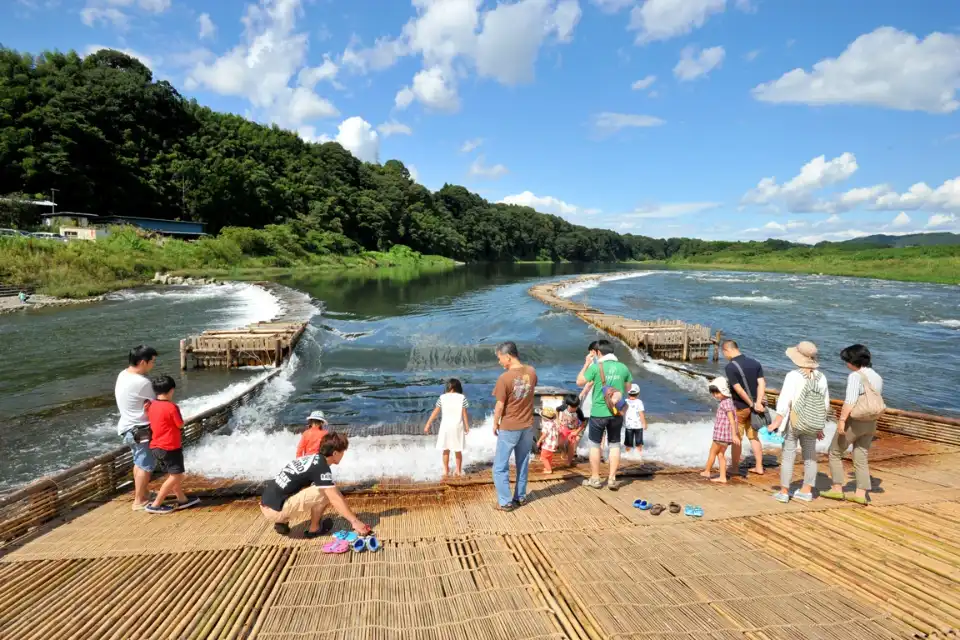
Every season in Tochigi has its unique perks and charms. That’s what makes Tochigi travel appealing year-round. Summer is the perfect time to go out and explore outdoor excursions.
How to get to Tochigi? (# tochigi travel blog)
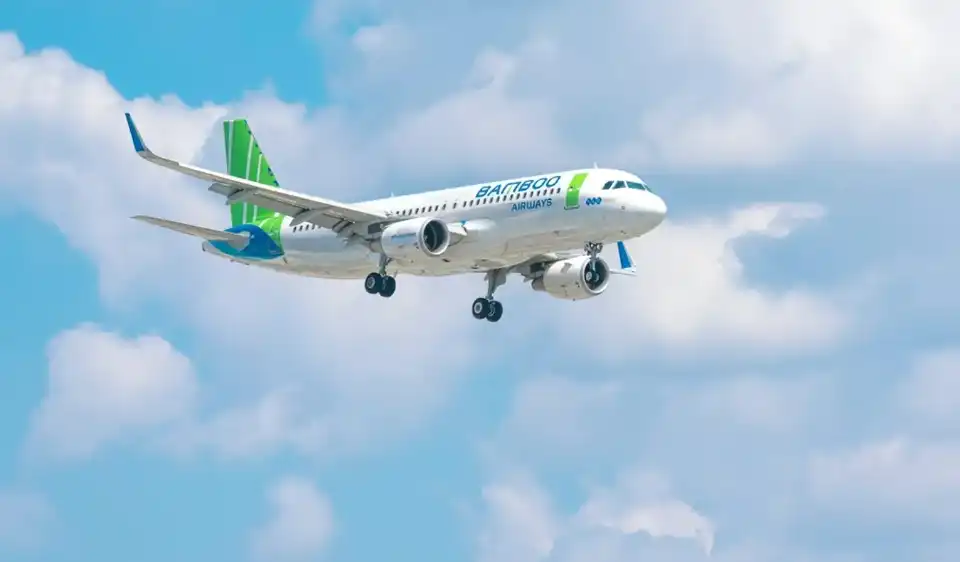
The closest major airport to Tochigi, Japan is Ibaraki Airport (IBR/RJAH). This airport is in Omitama, Japan, and is 95 km from the center of Tochigi, Japan. If you’re looking for international or domestic flights to IBR, check the airlines that fly to IBR.


The distance between Tochigi and Tokyo is 61 miles or approximately 98 kilometers. The fastest way to travel from Tokyo is by train with a regular train or a high-speed train from one to two hours. In contrast, If you travel with an airplane (which has an average speed of 560 miles) from Osaka, it takes 0.5 hours to arrive.
Where to stay in Tochigi? (# tochigi blog)

As one of the most developed cities in tourism in Japan, the accommodation system in Tochigi is highly appreciated for its diversity and comfort. There are all kinds of resorts, from medium to high-class, depending on your needs, you can choose a suitable place for yourself. For the convenience of sightseeing and travel, you should stay in Utsunomiya or Nikko City.
Kinugawa Plaza Hotel (# tochigi travel guide)
Address: 530 Kinugawa Onsen Taki, Nikko shi, Tochigi, Japan
Phone: +81 288 76 1031
Price: 157.77 USD/night
Kinugawa Plaza Hotel is the ideal choice for those who are looking for a standard Japanese resort. Overlooking the Kinugawa River and forested mountains, the Plaza Hotel offers natural hot-spring baths beside canopies of green. Traditional Kaiseki dinners, a “Ganbanyoku” hot-rock spa, and a summertime outdoor pool are featured. Guests at Kinugawa Plaza Hotel sleep in traditional standard futon bedding on a tatami (woven-straw) floor. Indoor and open-air baths as well as a hot-spring footbath are available, and some hot-spring baths can be reserved for private use. (Check rates on Agoda.com or Booking.com).


Fairfield by Marriott Tochigi Utsunomiya
Address: Utsunomiya 260-1 Nissato-Machi, Hei, Utsunomiya, Tochigi, Japan
Phone: +81 28 688 8451
Price: 348.77 USD/night

Located right near Romantic Village, Utsunomiya City, Fairfield by Marriott Tochigi Utsunomiya is an ideal stop on your Tochigi trip. Stay in one of 87 guestrooms featuring flat-screen televisions. Complimentary wireless Internet access keeps you connected, and satellite programming is available for your entertainment. In addition, Hotel guests can savor cuisine made from locally grown produce, original gyoza dumplings, and beer brewed in the village. Strawberry picking for handcrafted desserts is another popular activity in Utsunomiya. Venture a little farther and find renowned restaurants serving their gyoza dumplings. (Check rates on Agoda.com or Booking.com).



UNIZO INN Express Utsunomiya
Address: 1– 9–3 Shukugo, Utsunomiya, Tochigi, Japan
Phone: +81 28 614 5500
Price: 39.44 USD/night

UNIZO INN Express Utsunomiya offers 323 accommodations with slippers and hair dryers. Flat-screen televisions are featured in guestrooms. Bathrooms include shower/tub combinations, toilets with an electronic bidet, and complimentary toiletries. This Utsunomiya hotel provides complimentary wireless Internet access. Housekeeping is provided on request. (Check rates on Agoda.com or Booking.com).

Check out more top & best hotel in Tochigi on Agoda.com or Booking.com
Where to visit in Tochigi?

A prime onsen destination included, with a great balance between nature and attractions, Tochigi is one of the most popular tourist destinations in Japan. It is a beautiful and diverse region that offers a variety of attractions for all types of tourists, an escape from the hustle and bustle of the city. These are the best places to visit in Tochigi.
Ashikaga Flower Park
Address: 607 Hasamacho, Ashikaga, Tochigi, Japan
Phone: +81 284 91 4939
Hours: 10:00 am–5:00 pm

Ashikaga Flower Park, which has become famous for its wisteria blooms, has more than 350 wisteria trees on its huge 92,000 m2 grounds. The year is divided into 8 seasons with a floral theme which begins with winter peony in early January so that flowering plants such as wisteria, hydrangeas, irises, and flowers can be enjoyed throughout the year.



During this time, the Giant Wisteria Festival which takes place from late April to May is popular, attracting many visitors annually.
Yunishigawa Onsen
Address: Yunshikawa, Nikko, Tochigi, Japan
Phone: +81 288 22 1525

Yunishigawa Onsen is a hot spring resort located about 20 km northwest of Kinugawa hot spring resort about a one-hour bus ride. It is located deep in the mountains, and there are some hotels and ryokans along the Yunishigawa River.



In addition, you can also enjoy seasonal local cuisine served around a fireplace (irori), including simply grilled wild ingredients such as freshwater fish, Sansai (wild vegetables), venison, bear, and other delicacies. Miso paste grilled on a spatula is also a local specialty.
Kinugawa Onsen
Address: 1404-1 Ohara, Nikko, Tochigi, Japan
Phone: +81 288 22 1525

Kinugawa Onsen is a popular hot spring resort town along the Kinugawa River in Tochigi Prefecture about 30 minutes by car from Nikko Station and colored by a vast and beautiful canyon. It is one of the most famous hot spring resorts in the Kanto region. The spring water here contains many alkaline substances. Its water is soft, and kind to the skin, and the spring is effective for recovery from neuralgia, frozen shoulders, and fatigue and for improving overall health.
Besides, a Kinugawa riverboat ride is the best way to fully appreciate the exquisite beauty created by the abundant nature of the Kinugawa River valley.

Perched at an altitude of 300 meters, the Kingawa Onsen Ropeway offers a unique experience. A ropeway connects Kinugawaonsen–Sanroku Station at the base of a large hill to a scenic overlook at its summit for tourists located in the Kinugawa Onsen hot spring resort village. As you escalate to the summit, you will see several playful monkeys, beautiful flowers, and of course Nikko’s signature foliage.
Nikko Toshogu Shrine
Address: 2301 Sannai, Nikko, Tochigi, Japan
Phone: +81 288 54 0560
Hours: 9:00 am–5:00 pm

Nikko Toshogu Shrine was founded in 1617, the most renowned shrine of “the Shrines and Temples of Nikko” a UNESCO world heritage site where Ieyasu Tokugawa, the great Shogun who started the Edo Period, is enshrined. Most of the shrine complex you see today was rebuilt in the 17th century. The shrine contains 55 buildings including 8 national treasures and 34 listed buildings designated as important cultural properties. The highlights are many colorful buildings which are richly decorated with gorgeous carvings.



The Grand Festival at Nikko Toshogu Shrine is held on May 17 and 18 every year in honor of the Tokugawa clan, under whose 260-year rule Japan’s culture flourished. But it is the procession of 1,000 samurai, Hyakumonozoroi Sennin Musha Gyoretsu held from 11 a.m. on the final for which the festival is most famous.
Futarasan Temple
Address: 2307 Sannai, Nikko, Tochigi, Japan
Phone: +81 288 54 0535
Hours: 8:15 am–4:45 pm

Futarasan Temple is located right next to Nikko Toshogu, recognized as a world cultural heritage by UNESCO in 1999. This temple worships the god of 3 mountains, Nyoho San, Nantai, and Taro, with a calendar of over 1,200 years and has been worshiped by many people over a long time. Many visitors come to pray for good luck and success in love. In addition, the large green space around the temple also gives visitors a feeling of relaxation and comfort.

Edo Wonderland
Address: 470-2 Karakura, Nikko City, Tochigi, Japan
Phone: +81 288 77 1777
Hours: 9:00 am–5:00 pm, closed on Wednesdays
Edo Wonderland is a Japanese cultural theme park in the Kinugawa Onsen area of Nikko, Tochigi. The park resurrects and showcases the life and culture of the Edo period. The park’s design is based on the Edo period’s golden era known as Genroku.



A visit to Edo Wonderland is a journey in time. You can also rent a traditional kimono, the armor of a samurai, or the elegant suit of an oiran. The procession of the oiran was an event of great importance in the Edo period, enjoying traditional wagashi cake.
Nikkosan Rinnoji Temple
Address: 2300 Sannai, Nikko, Tochigi, Japan
Phone: +81 288 54 0531
Hours: 8:00 am–5:00 pm
Nikkosan Rinnoji is located in the Nikko National Park and is part of Nikko’s UNESCO World Heritage Site. The temple complex consists of 15 Buddhist temple buildings all of which play an instrumental role in the history of the local area and Japan in general. The temple was built in the Heian period and then rebuilt in 1645 by the general Tokugawa Iemitsu.


The outstanding works in Nikkosan Rinnoji Temple include three humongous 8m tall gold-leafed wooden Buddha statues, the 500-year-old Kongozakura ancient sakura tree, and the Tenko Kairo scenic road.
What to eat in Tochigi?
Tochigi is a perfect destination when it comes to culinary tourism as the prefecture is blessed with farm-fresh produce and delicious local delicacies.
Strawberry
Strawberry is the first product that you must try when traveling in this province. Sweet and delicious strawberries are made possible by greenhouse cultivation with the maximum use of winter sunshine to make strawberries ripen slowly under a constant temperature.

Gyoza
Utsunomiya Gyoza is an important part of the culinary culture of Utsunomiya City. Originally from China, Japan has adopted and localized these small pockets of joy and Gyoza are so popular that you can generally find them in any convenience store or supermarket in Japan.


Beef
Japanese beef is famous for its tenderness and marbled fat, and there are many varieties around the country. You can try Tochigi Kirifuri Kogen beef (from a crossbreed of the Holstein ox and Japanese Black cow)— delicious, high-quality varieties from the local area. Enjoy them as sukiyaki, shabushabu, yakiniku or steak.

Yuba

Yuba also referred to as tofu skin, is a fine pellicle forming at the surface of soy milk when it is boiled. Yuba is regarded as a highly nutritious food with the added benefit of being easy to cook. Not only popular in daily meals, yuba was also used as a substitute for fish during religious times in Nikko. Yuba has been a food instead of fish during the prosperous holy period in Nikko.


A worthwhile destination any time of the year, Tochigi encompasses everything you need for a complete “Japan experience”. Its beautiful scenery and proximity to the country’s capital make it a highly popular tourist destination throughout the year. That’s what makes Tochigi travel appealing year-round.
Some best day tours, trips, activities and transfer services, tickets in, from and to Tochigi you can refer to
- Suica IC Card
- NIKKO PASS (Asakusa Pick Up)
- Nikko Toshogu Shrine & Kegon Waterfall One Day Tour from Tokyo
- Edo Wonderland Ticket
- Nikko Day Tour from Tokyo
- Nikko Toshogu One Day Bus Tour from Tokyo
- Nasu Safari Park Ticket
- Nikko World Heritage Day Tour from Tokyo

Check out more Japan guide here.
































![10 best airports in Asia in 2016 [RANKED] kuala-lumpur-international-airport-best airports in asia in 2016 by skytrax ratings](https://livingnomads.com/wp-content/uploads/2016/08/29/kuala-lumpur-international-airport-best-airports-in-asia-in-2016-by-skytrax-ratings-218x150.jpg)














